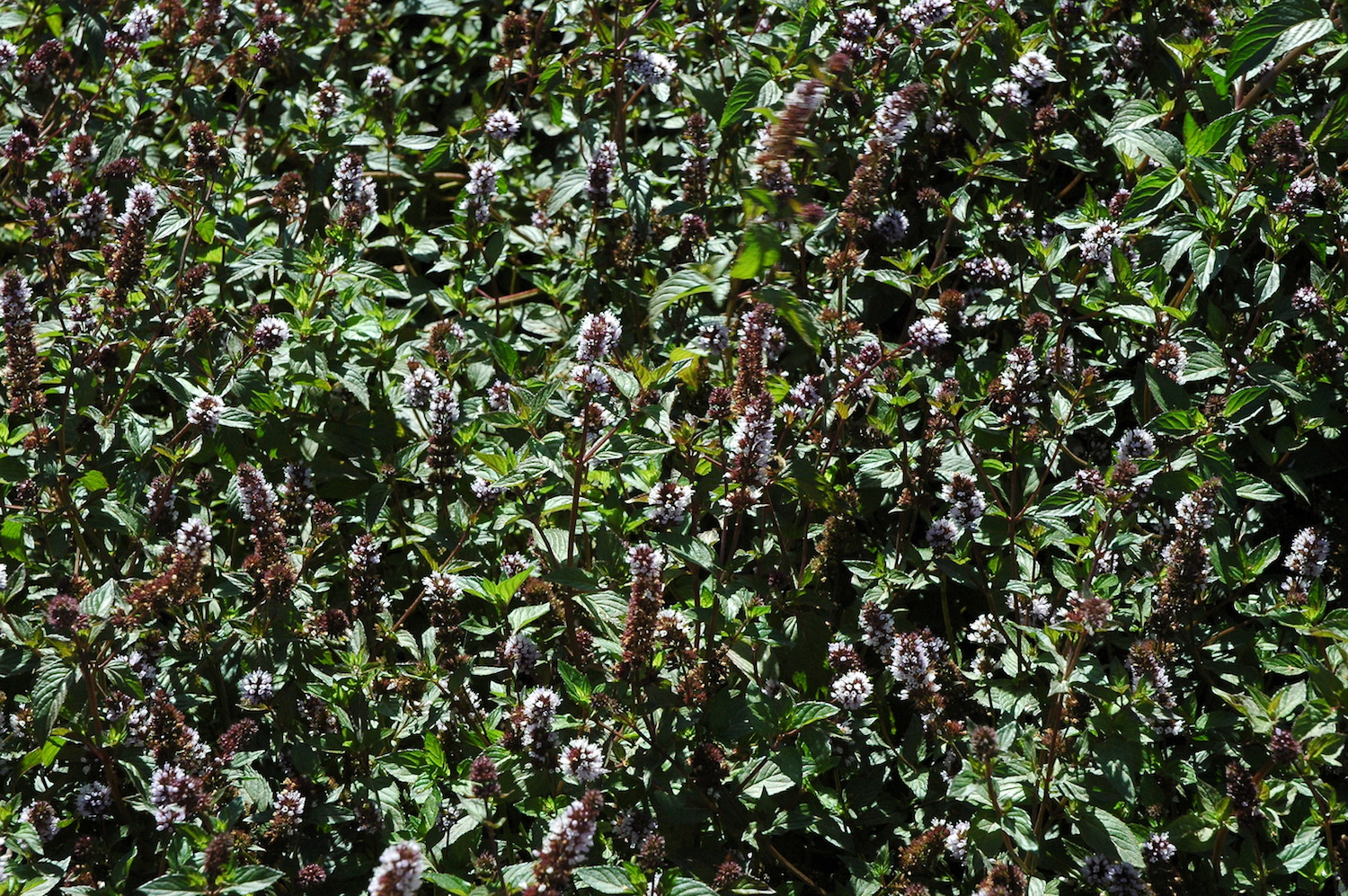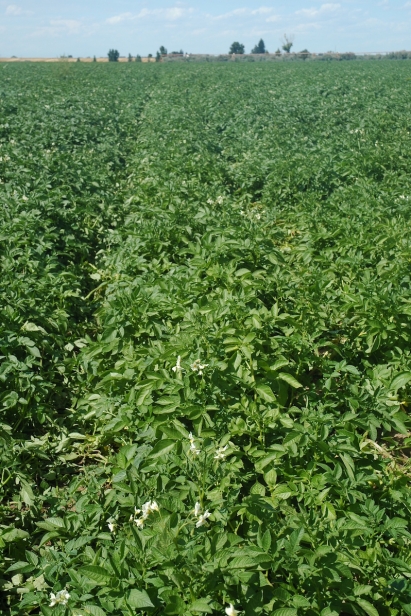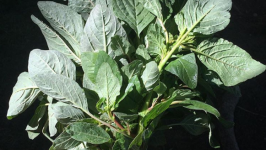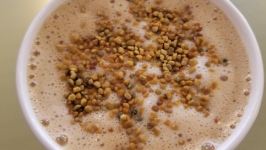A Fresh Take: Mint Farming in Idaho
Idaho farmers have been leading the mint industry since the 1960s, yet the origin of the multi-species aromatic plant dates to the ancient world, offering eons of information about its varied applications from cooking and medicine to a range of personal products. Responding to the challenges of growing this fragrant perennial, Idaho’s farmers continue to explore new directions for managing and harvesting the plant.
Like many Northwest mint farmers, Froerer Farms has decades invested in growing mint. Doing business as Owyhee Produce and based out of Nyssa, Oregon, with lands in both Oregon and Idaho, the third-generation farm has been cultivating mint since the 1970s, says Bailey Myers, who runs the business with her mother and other family members. Their operation is about 40% asparagus, 10% onions and 30% mint, says Myers, which this year comprises around 90 acres of spearmint, 45 acres of peppermint and 24 acres of something called native mint, which is a type of spearmint with distinctly pale violet or blue-violet flowers.
Although much of what they sell goes to processors, who in turn sell to such industries as chewing gum manufacturers, Owyhee sells some of what they distill on-site directly to consumers via their website.
Growing mint, according to several farmers we spoke with, is challenging. “Mint is a five-year crop,” says Myers, adding that “what we rotate before isn’t as crucial as what we rotate in after.” For them, that’s typically corn or wheat.
Mint farming also requires precise amounts of fertilizer and water, prompting several farmers, including Hamanishi Farms out of Fruitland, to install drip irrigation in a portion of its crops. One of the first farmers to bring mint to the region in the early 1960s, Hamanishi Farms founder Arthur Hamanishi also established the nearby Idaho Mint Distillers company in 1964. Today the farm is known not only for distilling mint oil, but also for its expertise in composting, including the utilization of spent plant material from their mint operation.
Mint farming is on the rise in Idaho, much of it concentrated in the Treasure Valley region, especially along the state’s western border. This region along the Snake River is ideal for growing mint. “Idaho’s dry climate during August and September allows the cut peppermint to ‘cure’ to perfection,” reports the Idaho Mint Commission. “The flavor and fragrance of mint oil is determined by these natural conditions, and Idaho’s mint oil ranks with the best.”
Indeed, Idaho continues to rank in the top three states for mint production, along with Washington and Oregon, accounting for roughly 70% of world production. From 2007 to 2012, for example, Idaho saw a mint harvest increase of around 4,000 combined acres of spearmint and peppermint. According to Idaho figures reported to the National Agricultural Statistics Service, the increased peppermint harvest from 2016 to 2017 was around 2,600 acres, for a total of more than 1.8 million pounds of peppermint alone.
Peppermint is only one of several varieties of mint, whose origins date back several thousand years. The word mint comes from the Latin menthe—mintha in Greek—who according to legend was a beautiful wood nymph who caught the eye of the powerful Hades (the Romans called him Pluto). Much chagrined, Hades’s wife, Persephone, turned Minthe into a crawling plant, but Hades had the last word by conferring upon Minthe the unforgettable and some might say intoxicating aroma for which mint is so well known.
Prized for that unique fragrance, mint has other special properties as well, depending on the species. Spearmint, for example, which has anti-bacterial qualities, is ubiquitous in oral hygiene from mouthwash to toothpaste to chewing gum.
Both spearmint and peppermint are valued as a digestive aid—think mint tea—and in helping alleviate common cold symptoms, while peppermint is prized for its higher concentrations of menthol, which has been used to relieve muscle aches, ease headaches, promote alertness and even function as an aphrodisiac.
Another benefit of mint: a little goes a long way. One drop of mint oil, according to the Idaho Mint Commission, flavors around two-and-a-half tubes of toothpaste, more than 30 sticks of gum or 125 mint candies. If you consider that first year mint crop production can yield 40–90 pounds of mint per acre— the number can increase to 60–120 pounds in subsequent years—that’s a minimum of 40,000 tubes of toothpaste, 500,000 sticks of gum or 2 million mint candies from a single acre of mint.
This story was produced in partnership with the Idaho State Dept. of Agriculture’s Idaho Preferred program. For more information, visit IdahoPreferred.com.
Hamanishi Farms
Idaho Mint Commission
Idaho Preferred | @idahopreferred











